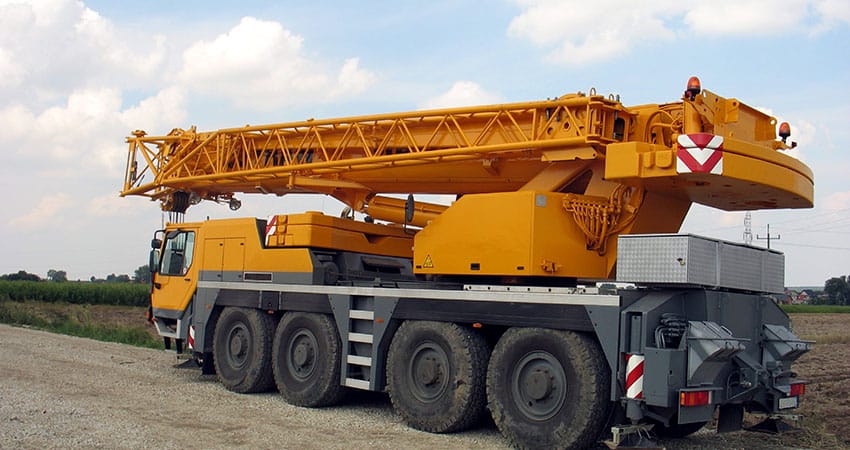Cranes are essential pieces of equipment not only used in construction but also in the transportation industry. These machines are designed to lift and shift heavy loads. This is possible with the help of several different components such as the boom and hydraulics etc. Before going to crane rentals, you should know these basic things about cranes. Let’s take a deeper look into the components of a crane along with their purpose.
The Hook
The most noticeable part of a crane is perhaps the hook. This is the main connecting point between the load and the crane. While lifting and shifting heavy weights around the construction site, the hook can be trusted to hold them while the crane does its work.
Since hooks deal with extremely heavy weights, it is important that they are durable and strong. With people on the ground working as well, the last thing you would want is the hook giving up and crashing all the load to the ground, leading to serious injuries.
Wire Rope And Sheaves
The next important component of cranes used to lift extremely heavy loads is the heavy-duty wires and sheaves. If you look closely, these are smaller steel ropes twister together to make a wire rope. These wire ropes are attached to the crane and the load and are used to lift loads
Meanwhile, the sheaves are components that increase the lifting capacity of the hook. It is a pully system through which the wire ropes go. With more wires, you can do more weight distribution and reduce the risk of overloading and accidents. As a result, the hook is able to lift much heavier loads than a single wire rope would be able to do.
The Boom
The boom of a crane can be recognized most easily. It can be identified from a distance since it is also the biggest part of the crane that can extend depending on the height at which the load needs to be shifted. The size of the boom itself also depends on the size of the crane.
There are two types of booms: the hydraulic boom and the lattice boom. The hydraulic boom comes with telescopic features that allow the crane to extend its boom to far places.
On the other hand, the lattice boom consists of welded steel, resembling the appearance of a lattice. This reduces the weight of the boom and gives it great strength.
Counter Weights
Amongst the numerous impressive features cranes are loaded with, one of them is that cranes do not tip over while lifting and shifting heavy loads. This is possible due to counterweights. The counterweights are placed on the back of the crane and prevent it from losing its balance.
That said, without the counterweights, the crane will simply lean over or fall towards the direction of the weight or the boom. Therefore, the counterweights are used in the opposite direction of the boom lift to keep the crane firm in its place. Furthermore, counterweights can also be removed to make transportation easier and can tow them as well.
Outriggers
Cranes do come with legs that help keep the crane stable while it is dealing with heavy loads. You might have seen cranes standing on metal stands protruding from the inside of the crane to help with stability, especially if the crane is working on uneven terrain.
These outriggers will contract once the heavy lifting is done and the crane will return to its tires or tracks. The combination of counterweights, outriggers, and a complex hoist system keeps the crane safe and secure while loading and unloading extremely heavy weights.
The Jib
Sometimes, the cranes need to shift the load at a location that is slightly farther than its reach. This is where the jib comes in. It is basically an arm that extends to provide a few extra inches of reach. This component comes in use when the loads that need to be lifted are larger or longer, forcing the crane to stand farther away during the process.
Final Word
It is important for you to be familiar with the components of a crane if you plan on renting it from crane services VA as the information gives you an insight into the type of crane you should be going for.



